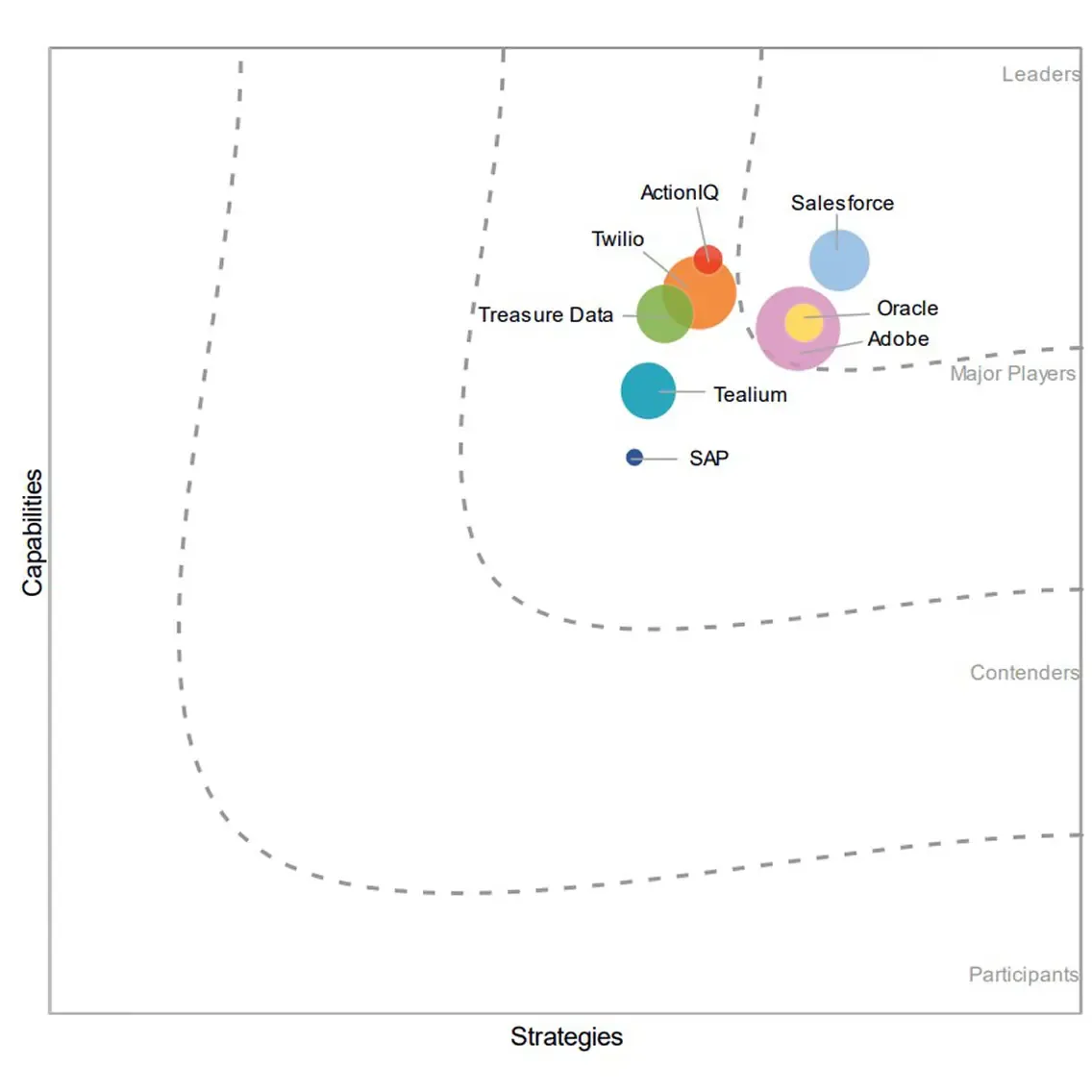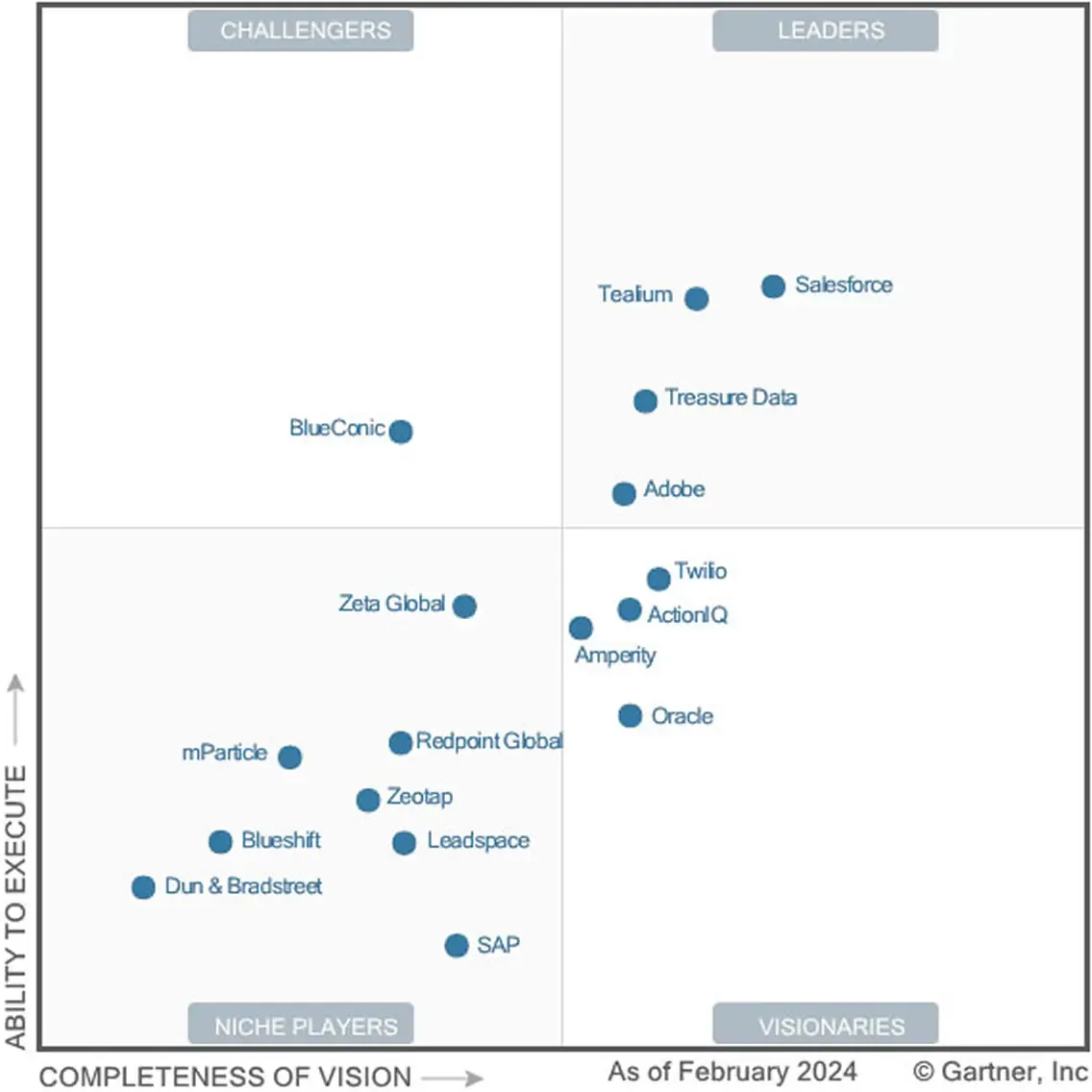Services
SERVICES
SOLUTIONS
TECHNOLOGIES
Industries
Insights
TRENDING TOPICS
INDUSTRY-RELATED TOPICS
OUR EXPERTS

October 29, 2025
A typical Salesforce migration project involves multiple phases that begin well before the actual data transfer.
Planning
Organize meetings with stakeholders to outline the data migration project’s goals, scope of work, and desired timelines and milestones. Based on the results, you can form the Salesforce data migration team, select the right toolkit, and establish a migration strategy. The latter should include risk mitigation measures (such as data backups), change management practices (for instance, communicating changes in user workflows to stakeholders), and user onboarding initiatives (such as employee training).
Data selection
Next, determine what sales, marketing, and customer data and metadata to migrate to Salesforce in line with the project’s goals and the new system’s setup. You should also identify sources for migration (legacy CRM, databases, other business apps, another Salesforce org, etc.), the data model structure (how data will be organized in objects and fields), and data types (accounts, contacts, etc.) in the target system.
Data mapping & extraction
Match data fields in the source system (contacts, leads, etc.) to the corresponding fields in the Salesforce objects of the target system. This will help you ensure seamless data transfer and reduce the risk of data corruption or other potential errors. Then, pull out data from the source system via data extraction tools.
Invalid data detection
Since legacy systems often allow the entry of invalid data and Salesforce enforces data quality at the bare minimum in data types (dates, IDs from other tables, etc.), you need to identify invalid source data early on to prevent it from causing errors during the migration.
Data transformation & cleaning
Transform source data into a format compatible with Salesforce data structures and perform thorough data cleaning to delete duplicates or outdated information.
Destination org preparation
Prepare the target Salesforce.org for data migration by setting up the necessary objects and fields. This includes creating custom fields and relationships for data that should be stored in non-standard fields.
Data loading
Load the extracted and transformed data to the new Salesforce environment using suitable data migration tools based on data volume and complexity.
Data validation
Adopt validation rules to verify migrated data integrity, data accuracy, and proper transfer, i.e., if it stays in the right format and is complete, and fix detected errors. This step also includes in-depth user acceptance testing to make sure stakeholders are satisfied with the results of the Salesforce data migration.
Companies preparing for Salesforce data migration can count on a vast selection of tools from both Salesforce and third-party service providers.
A client application for bulk exporting and importing data from Salesforce.
Imports data CSV files and from database connections and exports CSV files
Up to 150 million records
Migrations of large data volumes performed by business or tech users
Free
Has to be downloaded
A built-in data loading tool accessible through the Salesforce environment.
Imports CSV files
Up to 50,000 records
Free
An all-in-one migration solution to move data to and from Salesforce or between Salesforce environments.
Imports and exports CSV files
Unlimited
Challenging migrations involving complex data models and dependencies
Free
Complex configuration for non-technical users
A fully cloud-based ETL solution built on top of the MuleSoft platform and accessible without installation.
Imports and exports CSV files
Large-scale regular data migrations
Freemium
A comprehensive ETL tool for importing and exporting data from cloud or local databases.
Imports and exports flat files and ODBC/JDBC databases
Unlimited
Free
Dedicate some time to sorting out your datasets and weighing up what definitely needs to be migrated and what doesn’t. By approaching data selection prudently, companies can reduce the project’s timeline and prevent potential data migration conflicts.
Always create a copy of the migrated data to restore it if something goes wrong and the data is lost or corrupted.
Before migrating data to the production environment, perform a test run in a sandbox and verify the results to make sure that everything works as expected. Plan this operation carefully to make it easily reproducible, since you’re supposed to repeat the process at least once during the production migration or multiple times if something goes wrong.
Managing data properly when switching to a new platform can be difficult, so a data governance strategy can simplify keeping track of data quality, reliability, and integrity before, during, and after the migration. At the same time, you also need to implement data security practices to avoid leaks as you migrate data.
Create data mapping documentation with the required fields and in a format (such as templates and spreadsheets) that is easy for the customer to understand, and populate it with the objects to migrate. You can also reuse such templates in the future and simplify further data migrations.
If Salesforce is a completely new CRM system for your company, the differences between its and your legacy system’s data structure can cause conflict during migration. We recommend migrating a small amount of data to a sandbox environment and monitoring the process in real-time to gauge the potential challenges.
More and more organizations are migrating to Salesforce or adopting the platform as their first CRM solution, driving its growth and consolidating its position as the CRM market leader.
| With a market share of 24.72% and a customer base of over 120,000 companies, Salesforce is currently the leading CRM platform, followed by HubSpot CRM (5.70%) and Microsoft Dynamics CRM (4.66%). | |
|---|---|
| Salesforce has seen steady annual revenue growth, reaching $37.9 billion in its 2025 fiscal year. |
Scheme title: Salesforce customers by business size
Data source: 6sense

Image title: Salesforce leadership among B2B customer data platforms
Image source: IDC

Image title: Salesforce leadership in the global customer data platform market
Image
source: Gartner
While data integration and migration to Salesforce can pave the way for more informed decision-making and increased business profitability, only adopters with robust data management strategies and practices fully realize these benefits.
| 97% of Salesforce adopters collect some type of data. Yet only 24% use data to transform customer experiences. This latest group of data pioneers is outpacing their competitors thanks to effective data usage. For instance, 60% of pioneers report outperforming peers in revenue growth and 51% in profitability, while 61% achieve faster time to market. | |
|---|---|
| Nearly all (97%) Salesforce users surveyed rely on expert technology partners to support their implementation initiatives in areas such as data integration. | |
| In 2024, 47% of Salesforce users have experienced at least one data or metadata loss incident. Fortunately, data and metadata backups have become an increasingly common measure to ensure operational resilience, with adoption growing from approximately 50% to 70% over the past few years. | |
| 44% percent of Salesforce teams surveyed said they back up their production org daily, while 18% do so weekly. | |
| 90% of contacts stored in the average Salesforce customer's database are incomplete, and 20% of the records are useless (e.g., obsolete or duplicate records). This poor data quality costs companies an estimated $700 billion annually, or 30% of the average company’s revenue, and should be addressed via accurate data cleansing and validation. |
Our consultants can assist you throughout the Salesforce migration process and beyond, from selecting the best tools and methodologies for a seamless data transfer to providing post-migration support and user training for smooth user adoption.
Itransition’s Salesforce experts will handle your migration project from start to finish, moving data from your existing systems to a new Salesforce solution aligned with your business needs while ensuring minimal downtime and business process disruptions. We can also help you migrate from Salesforce Classic to Salesforce Lightning to access more advanced features and a revamped interface.

With the evergrowing popularity of Salesforce, many companies can be tempted to move from their outdated system to this comprehensive platform without realizing that bad data typically leads to poor customer relationship management regardless of the CRM tool used. Data migration aims to fuel Salesforce with high-quality data assets and thus maximize the business benefits of its adoption.
That said, a successful migration requires the right tools, practices, and expertise. As for the latter point, Itransition’s experts are ready to help you ensure a seamless transition from your legacy CRM to a more powerful Salesforce solution.
Yes, Salesforce supports data migration and provides proprietary data migration tools like Data Loader and Import Wizard free of charge even within the basic subscription plan.
Depending on the volume of existing data and the complexity of its preparation, a Salesforce data migration project can take from 5 days to 2 months.
The most common types of Salesforce data migration performed by businesses include:
Here are the main reasons why Salesforce data migration can fail and how to prevent it:

Insights
Hire a certified Salesforce services provider with 10-year expertise in Salesforce CRM and other solutions to carry out seamless adoption and transformation.

Service
Explore Salesforce’s implementation stages, options, teams, and costs, along with best practices, benefits, and guidelines to overcome common challenges.

Case study
Learn how Itransition’s customized Salesforce CRM has brought a US insurance buyout agency 54% more leads.

Insights
Learn about the best practices to streamline Salesforce adoption, along with the most common implementation challenges and their solutions.

Insights
Discover Salesforce deployment best practices from expert Salesforce developers, along with key steps, tools, and environments to complete this process.

Case study
Learn how Itransition implemented a Salesforce-based CRM platform, realizing the majority of functionality by configuring out-of-the-box features.